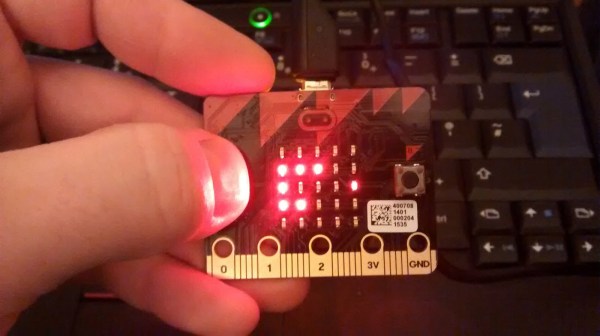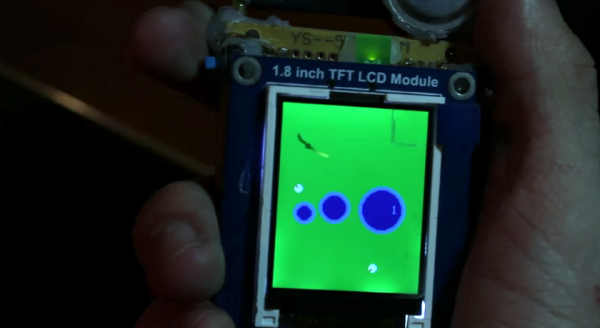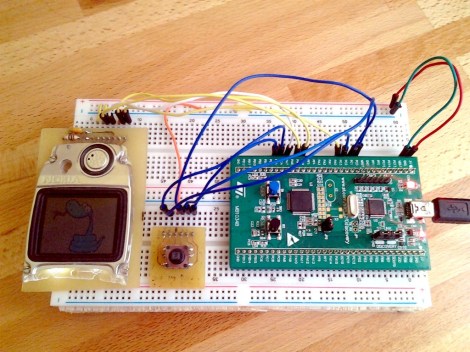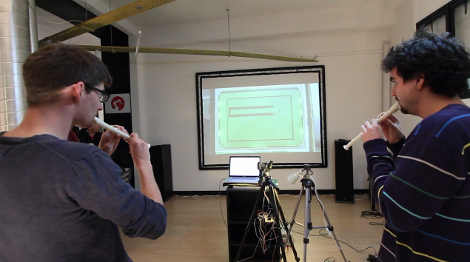The first of the BBC Micro Bits are slowly making their ways into hacker circulation, as is to be expected for any inexpensive educational gadget (see: Raspberry Pi). [Martin] was able to get his hands on one and created the “hello world” of LED displays: he created a playable game of snake that runs on this tiny board.
For those new to the scene, the Micro Bit is the latest in embedded ARM systems. It has a 23-pin connector for inputs and outputs, it has Bluetooth and USB connectivity, a wealth of sensors, and a 25-LED display. That’s small for a full display but it’s more than enough for [Martin]’s game of snake. He was able to create a hex file using the upyed tool from [ntoll] and upload it to the Micro Bit. Once he worked out all the kinks he went an additional step further and ported the game to Minecraft and the Raspberry Pi Sense HAT.
[Martin] has made all of the code available if you’re lucky enough to get your hands on one of these. Right now it seems that they are mostly in the hands of some UK teachers and students, but it’s only a matter of time before they become as ubiquitous as the Raspberry Pi or the original BBC Micro. It already runs python, so the sky’s the limit on these new boards.

















